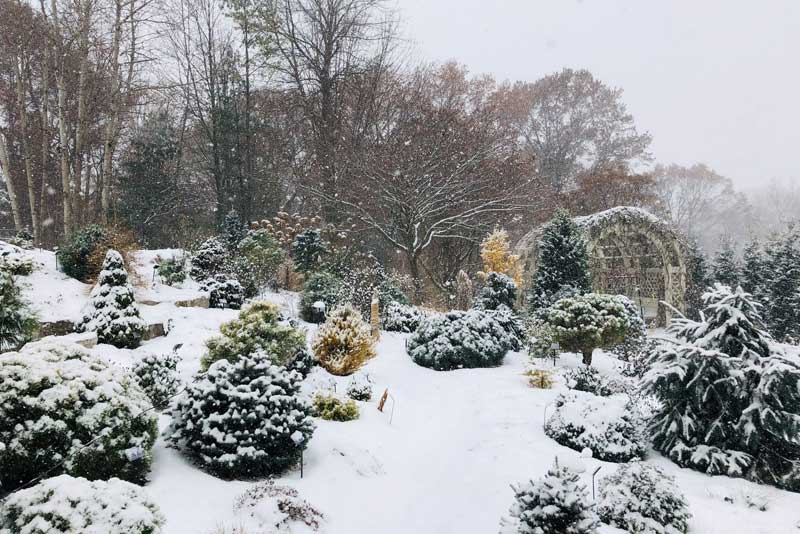The changing colors of autumn are breathtaking, painting the hills with vibrant hues. Still, once the last leaf has dropped, the landscape is left looking rather bare. A yard with dying grass void of blooms and foliage isn’t ideal, so as snow begins to fall, how can you make sure your yard is still stunning? Planting a few conifers just might be the perfect solution.
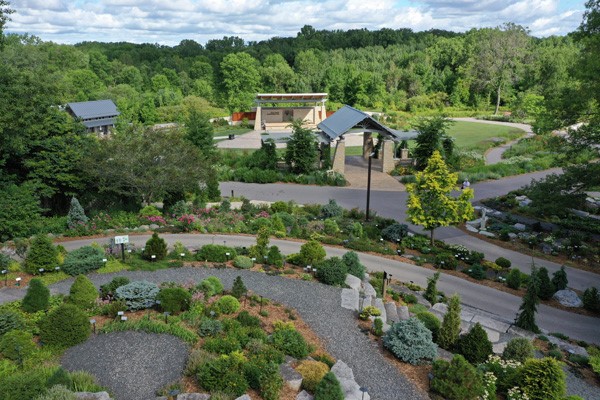
While most trees drop their leaves for a restful winter, the vast majority of conifers are evergreen, lending color to your yard year-round. Forever haunted by the stereotypical dark green cone-shaped Christmas tree, conifers often get put in a box.
In reality, hundreds of species are classified as conifers. Some tower hundreds of feet tall, and others reach a mere 3 inches.1 Clearly, there’s plenty to explore in the world of conifers, so have fun with different textures, colors, shapes, and sizes.
Looking Locally
If you’re new to the conifer world, there’s no reason to be overwhelmed! The best place to start is with Wisconsin’s native species. This ensures that they’re hardy enough for our climate, but still gives you plenty of options.
Balsam fir, common juniper, white spruce, white pine, red pine, northern white cedar, and eastern hemlock are all wonderful conifers indigenous to our state.4 Still, they have their own individual preferences and needs. Be sure to check their moisture, sun exposure, and space requirements before deciding which is the best fit for your yard.
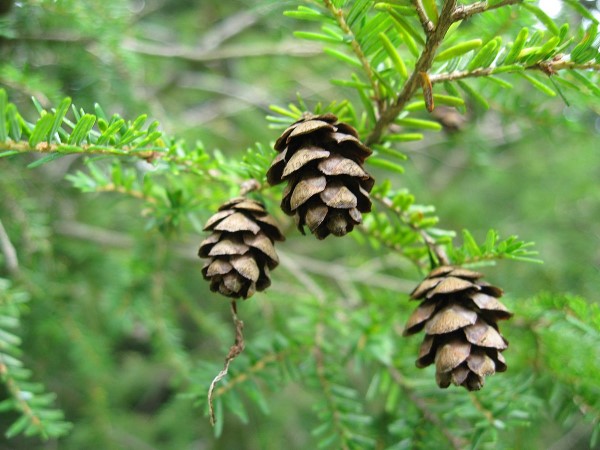
Functional Foliage
Not only are conifers pretty to look at, they’re a functional part of our northern ecosystem. While it may seem like there aren’t very many critters in winter, those that do stick around appreciate the warm refuge of conifers.
Non-migratory birds use conifers for shelter in the bitter cold. You can often spot a chickadee or mourning dove nestled within their branches. Food can also be incredibly scarce in winter, since nothing is growing. Conifer berries serve as the perfect snack for some songbirds, like the cedar waxwing. For our non-feathered friends like chipmunks and squirrels, pinecones are also a great source of sustenance.3
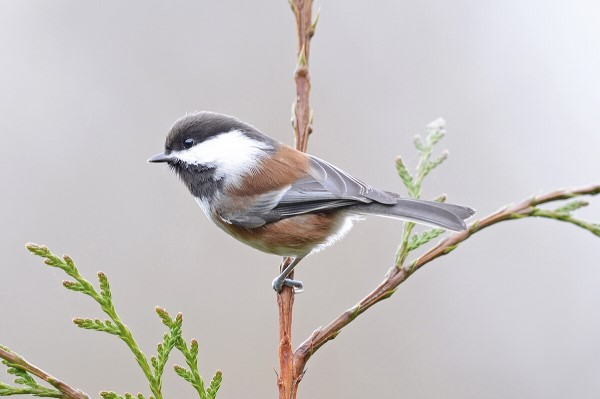
Branching Out
If you don’t want to limit yourself to our native trees, and you feel like you’re ready to dive headfirst into the big beautiful world of conifers, there’s so much to explore.
Here at the Garden, we tend to be partial to dwarf conifers. They have all the character of a full-size conifer, but are compact. Not only does this make them perfect for small spaces, it also means that they’re incredibly low maintenance.
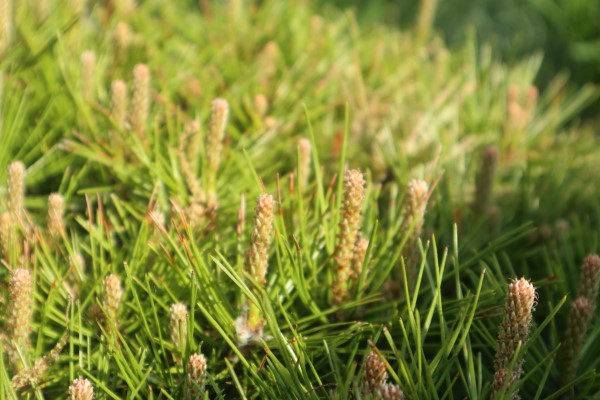
In fact, they tend to only grow 1 to 6 inches annually!2 With dwarf conifers, weeping varieties, and endless hues of green, there truly is a conifer for every yard. Just get out there and start researching!
If you’re looking for inspiration along the way, be sure to check out the Arendt Conifer Garden here at the Garden. Packed with thousands of elegant dwarf varieties, it’s a glowing example of the year-round beauty of conifers!
Sources
Eckenwalder, James Emory. “Conifer.” Encyclopædia Britannica, Encyclopædia Britannica, inc., 21 Sept. 2023, www.britannica.com/plant/conifer.
“Dwarf Conifers for the Garden.” Whitehouse Landscaping, 14 Apr. 2015, www.whitehouselandscaping.com/blog/dwarf-conifers-garden/#:~:text=Because%20of%20their%20year%2Dround,for%20a%20difficult%20problem%20area.
Reynandez, Rebecca. “How Evergreens Provide a Winter Oasis for Wildlife.” Project Learning Tree, 18 Feb. 2020, www.plt.org/educator-tips/evergreens-winter-wildlife/.
“WI Native Plant List – Trees and Shrubs.” Waushara County Wisconsin, www.co.waushara.wi.us/pview.aspx?id=44943&catid=0. Accessed 7 Oct. 2023.


